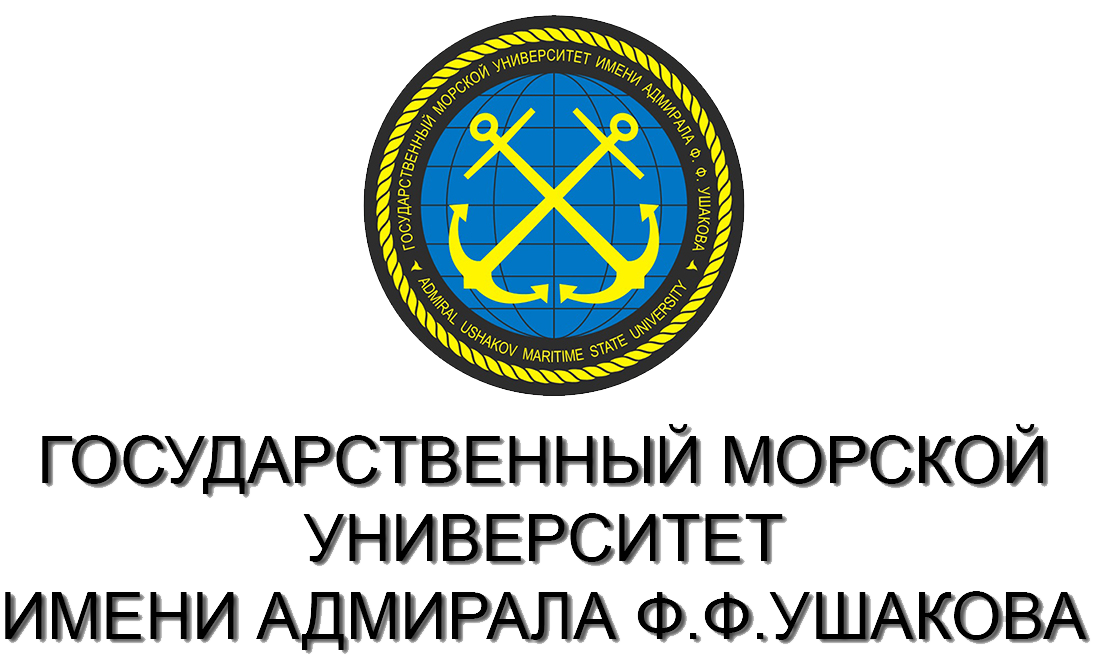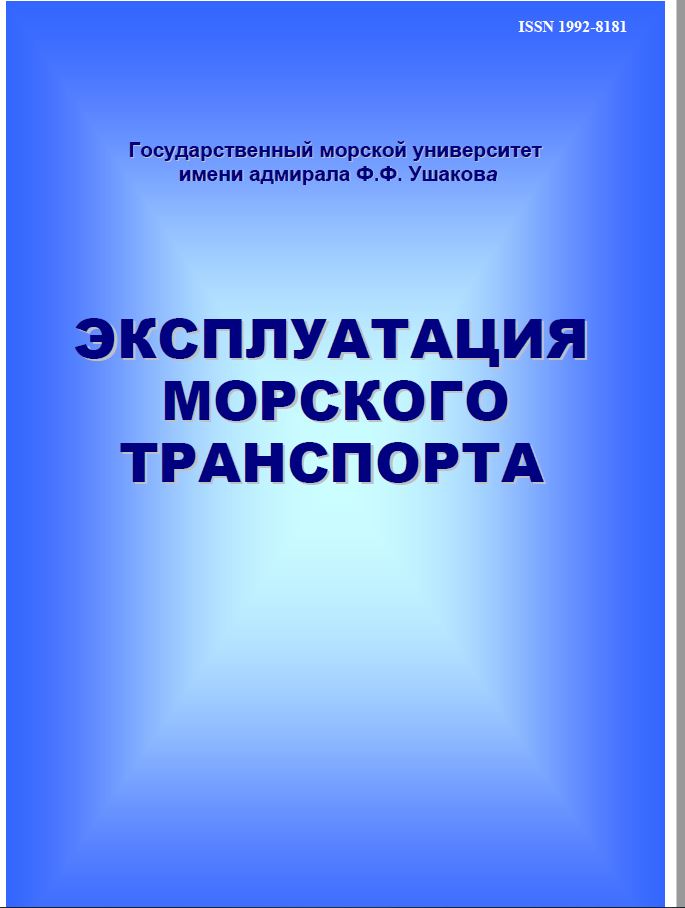UDC 621.43.068.4
The article presents the Raman lidar equation results for nitrogen and sulfur oxides molecules concentration measurement at the equal or concentration in the atmosphere at a ranging distance of up to 500 m. The analysis of makes it possible to choose the Raman lidar optimal parameters. The findings of the study are: when meas-uring the nitrogen and sulfur oxides concentration by the proposed Raman lidar using laser radiation at a wave-length of 532 nm, it is possible to register the concentration of sulfur dioxide in 616 s with a ranging distance up to 500 m, for nitrogen dioxide in the entire range of distances in up to 50 s, and for nitric oxide up to 5000 s. The results are implemented in a certain laser system that controls pollutant emission by means of marine power equipment. The system is installed on the shore. It is designed for continuous remote measurement of the con-centration of solid particles and molecules of nitrogen oxides, sulfur, hydrocarbons (in total) in the air environ-ment above the water area of a seaport and a port territory. If the laser monitoring system is installed on board the vessel, it can be used for continuous monitoring of pollutant emission produced by marine diesel engines. The laser monitoring system can also be used as a tool for checking the technical condition of a marine diesel engine.
Raman lidar, molecule, concentration, ranging distance, laser radiation wavelength, laser emission control system
1. Modina M.A., Khekert E.V., Voskanian A.A., Pismenskaia Yu.V., Epikhin A.I., Shkoda V.V. 2021. Bioindication and biomonitoring assessment of the state of atmospheric air and soil in the study area IOP Conf. Series: Earth and Environmental Science. 867. 012072.
2. Modina M.A., Kheckert E.V., Epikhin A.I., Voskanyan A.A., Shkoda V.V., Pismenskaya Yu.V. 2021. Ways to reduce harmful emissions from the operation of power plants in special environmental control areas IOP Conference Series: Earth and Environmental Science. 867. 012104.
3. Turkin V.A., Sarychev IA., Ignatenko G.V., Aleksandrova V.V. 2021 Monitoring pollution from ship power plants with laser technologies IOP Conf. Series: Earth and Environmental Science 867 012177.
4. Shemanin V.G., Turkin V.A., Privalov V.E. 2021 Lidar measurements of hydrogen fluoride concentration in atmospheric boundary layer IOP Conf. Series: Earth and Environmental Science 867 012176.
5. Privalov V.E., Shemanin V.G. 2018 Hydrogen Sulfide Molecules Lidar Sensing in the Atmosphere Optical Memory & Neural Networks (Information Optics) 27-2 120-131.
6. Privalov V.E., Shemanin V.G. 2020 Accuracy of lidar measurements of the concentration of hydrofluoride molecules in the atmospheric boundary layer Measurement Techniques 63-7 543-548.
7. Glazov G.N. 1987 Statistics problems of atmospheric lidar sensing. Novosibirsk, Nauka. Measures R. 1987 Laser Remote sensing. Moscow, Mir.
8. Turkin V.A., Cherbachi Yu.V., Shemanin V.G., Dzhioev R.I. 2021 Lidar monitoring of nitrogen and sulphur oxides molecules in ship power installation emissions. Computer simulation IOP Conf. Series: Earth and Environmental Science 872 012005.
9. Privalov V.E., Shemanin V.G. 2015 A Lidar Equation with Allowance for the Finite
10. Width of the Lasing Line Bulletin of the Russian Academy of Sciences. Physics 79-2 149-159.
11. Fouche D.G., Chang R.K. 1972 Relative Raman cross-section for O2, CH4, C2H6, NO, NO2 and H2 Appl. Phys. Lett. 20-2 256-257.
12. Donchenko V.A., Kabanov M.V., Kaul B.V., Samokhvalov I.V. 2010 Atmospheric electro optics. Tomsk. NTL Publ.
13. Laser monitoring of the atmosphere. 1979 Hinkley E D Ed. Moscow, Mir.











